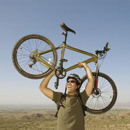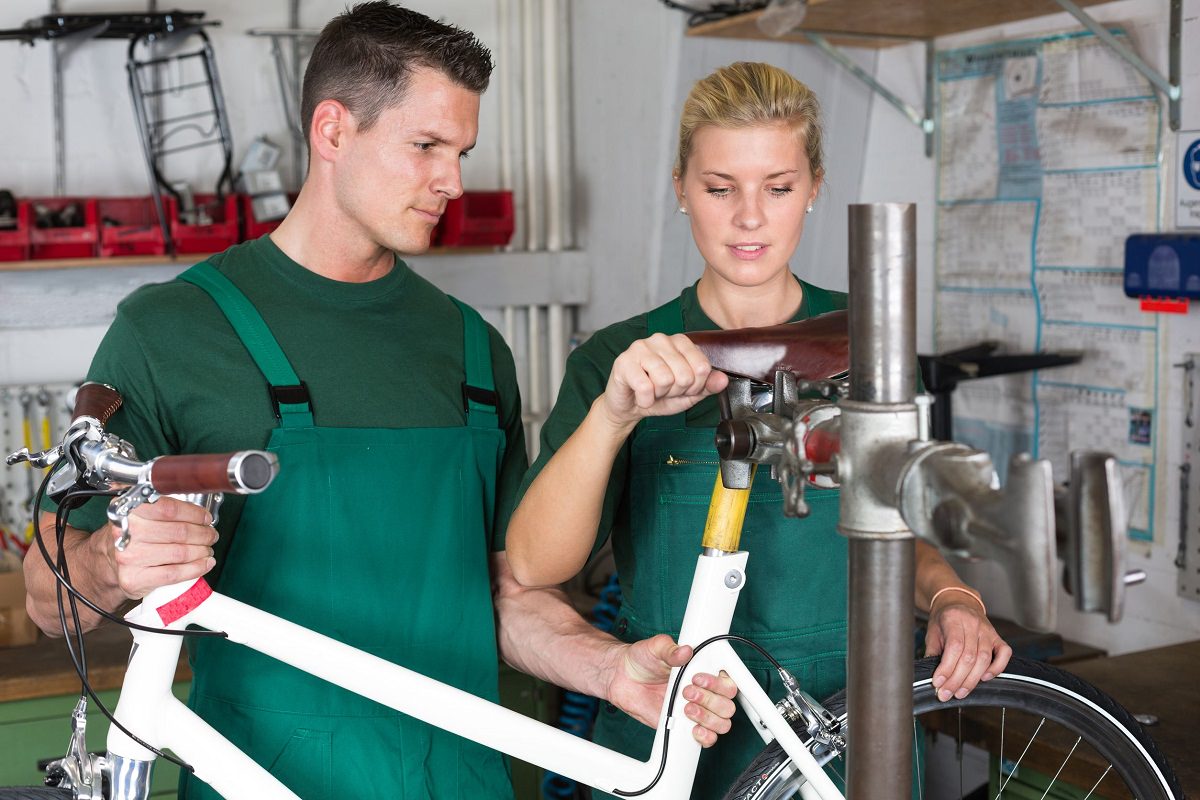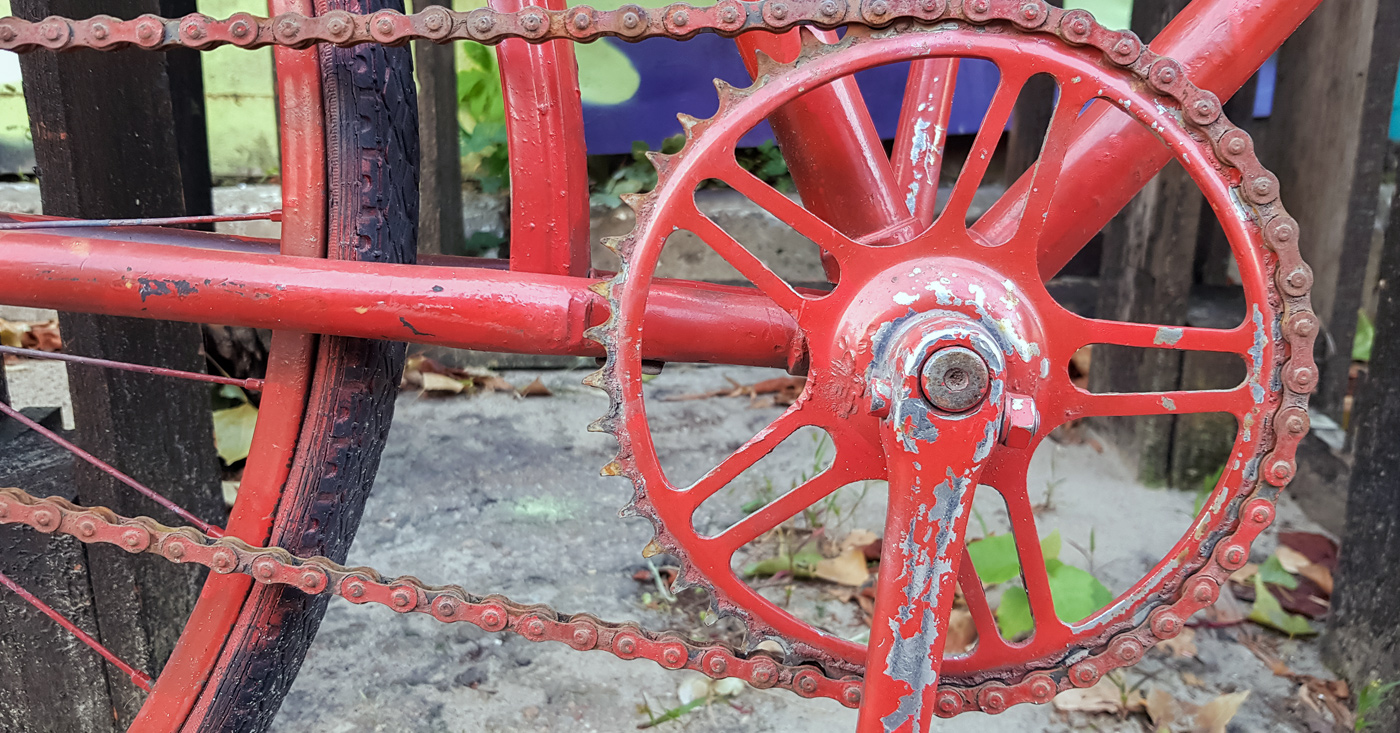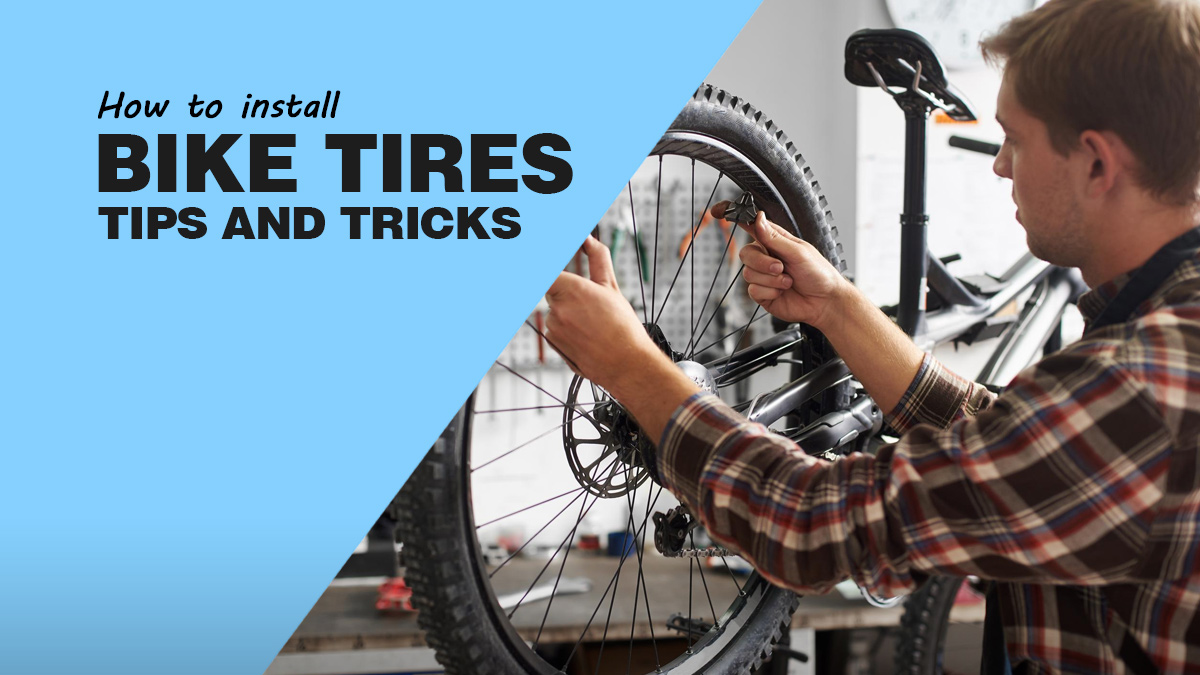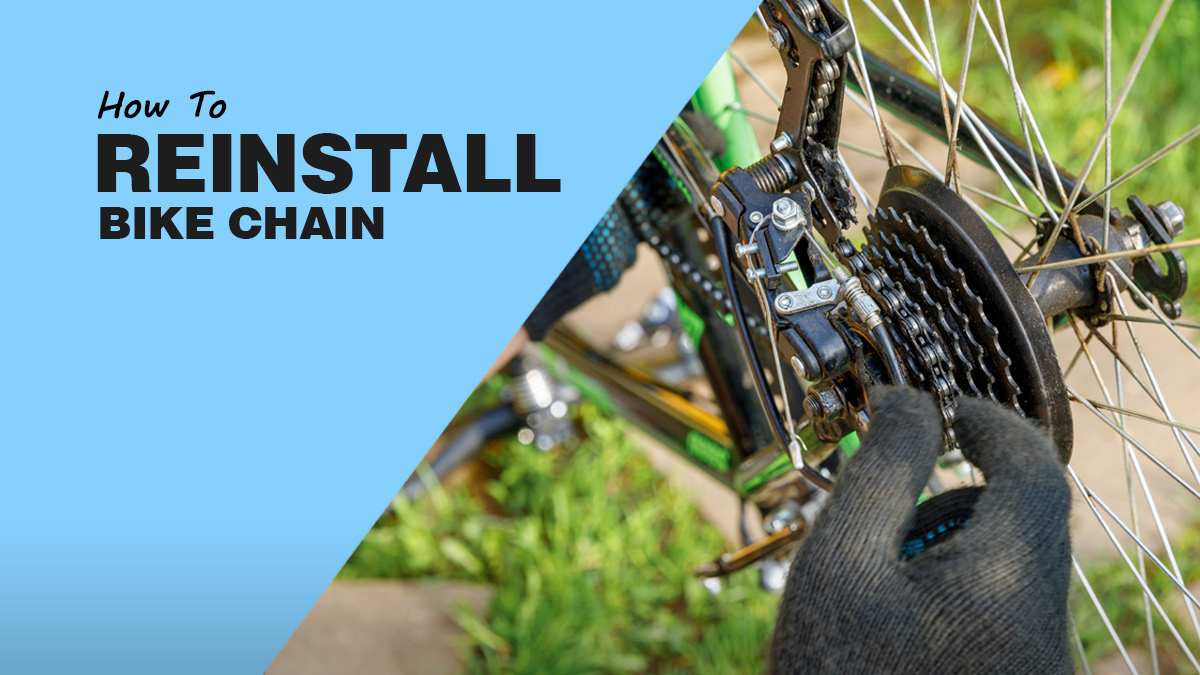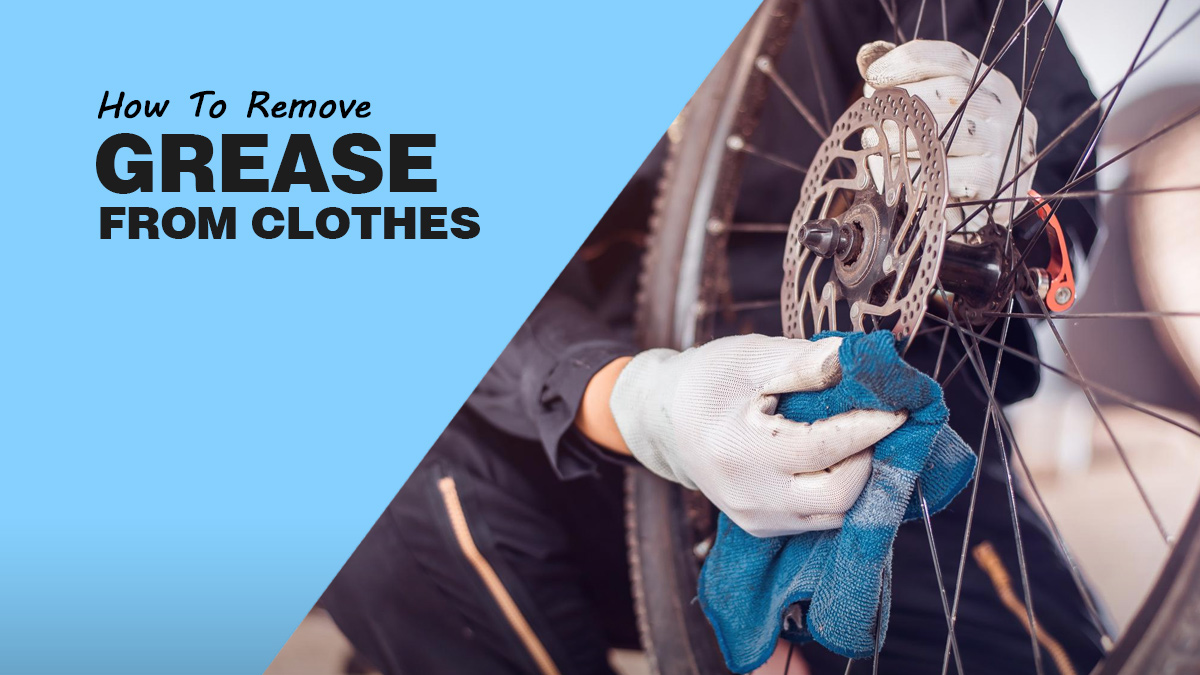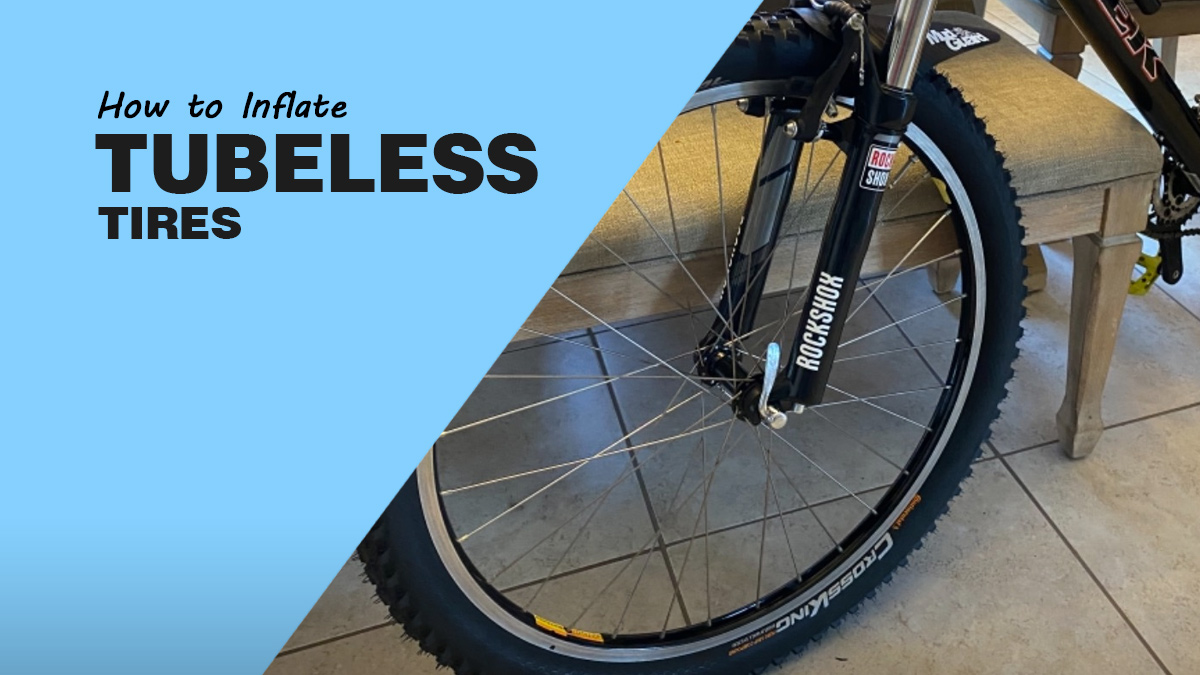A bicycle requires maintenance to keep running. One maintenance check you’ll be doing a lot is checking the tire pressure. Usually, the recommended PSI for your tire is printed on the side wall of the tire. PSI stands for Pound Per Square Inch, it is the scientific measuring unit for tire pressure. However, for road bikes, it is between 80 and 130 PSI. For mountain 25-35 and hybrid bikes, it is 50 to 70 PSI. It is not safe to ride your bicycle under the recommended PSI because the tire can puncture or even burst.
A gauge helps you find the right pressure on your tire. Now, it’s not guaranteed that you will always have a gauge on you when you need to check your tire pressure. You may be in the middle of nowhere, enjoying your bike ride! When this sort of thing happens, Don’t panic!
There are methods to check the tire pressure even without a gauge. You can use the Feeling Touch method, the Pincher, or the Sag Test. Here’s the good part! I have explained these methods in simple steps so you can easily check the pressure whenever you want to!
Use this chart to determine the right tire size for your bike.
3 Methods To Check Tire Pressure Without A Gauge
Getting to know your way around these methods will take some time and experience. But don’t worry! There is a first time for everything, isn’t it? Using these methods will give you the nearest estimate. Ready to get started?
1. The “Feeling” Touch
Let’s start with the most basic method. You can check the tire pressure by simply touching it. With time, you will get to know how the tire feels when it has full pressure. Press the tire with your thumbs. You will feel a change in the pressure. Gently press down on the tire with your weight.
How do you know between under and over-inflated tires though? That’s a very good question.
Under-Inflated Tire
If the tire pressure is too low then the bike will be very hard to control and steer. Your bicycle will feel hard to pedal. It will be difficult to navigate the bumps.
Read this guide to learn how to check if your bike tires have expired and when to replace them.
Over-Inflated Tire
If the tire is over-inflated meaning too much pressure, then the bike will feel more responsive than usual. There will be a certain loss in traction, and overall, there will be lower stability.
If the bike feels unoptimized then there is certainly a tire-related problem. The moment you will touch the tire, you will get to know about the current pressure.
As a beginner, you may have problems using this method because you might not be used to the feel of the tire when the pressure is right. That’s why I recommend checking the tire pressure with a gauge before going out on a trip. This will save you the trouble down the road!
Follow these instructions to learn how to inflate bike tubeless tires easily.
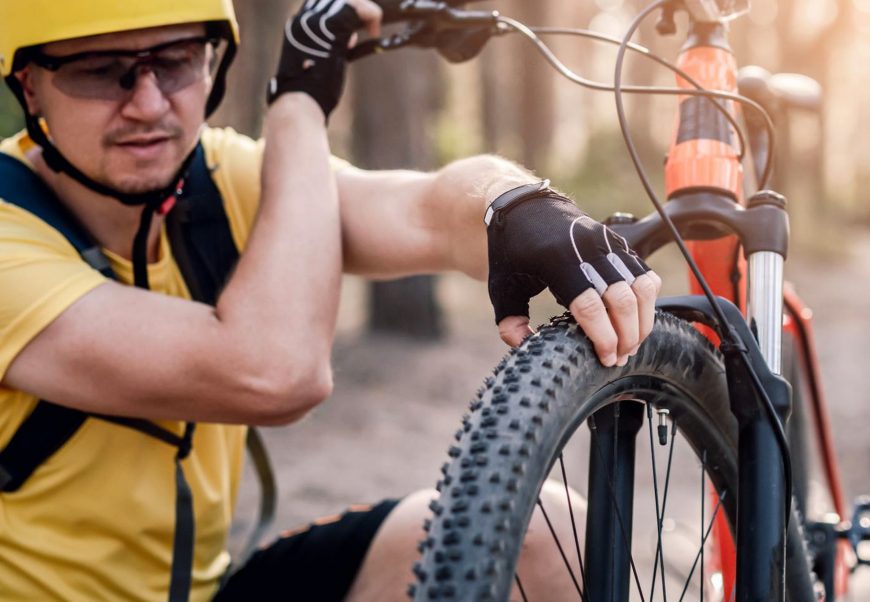
Can you ride a bike with a flat tire? Read this guide to find out!
2. The “Pincher” Test
The Pincher Test is the most famous test to date, and if you grew up riding bikes you’d be familiar with it. For this test, use your thumbs on the tire sidewalls and pinch them. The tire sidewalls are over the rim of the bike and you check them for tightness.
Read his guide to find out why your bike tire keeps popping.
3. The “Sag” Test
The Sag test cannot be performed without the help of another person. It is not a good method to apply if you are riding alone. What you’ll need to do is sit on the bike and ask the other person to see if the tire flattens down.
A low-pressure tire flattens down when you sit on the bike. If you do not have a buddy who can help you out, press on the bike with your weight and see if the tire flattens. Once you have the whole picture, you can add the correct amount of pressure.
Follow these step-by-step instructions to use a bike pump correctly and efficiently.
Tips To Check The Tire Pressure Without A Guage
- If you are checking your tire pressure before the ride, you only need to do it once.
- Before checking your tire, make sure that it has cooled down.
- Inflate your tire up to the recommended PSI. Don’t over-inflate your tire.
- Make sure that your tire is in good condition. Worn-out tires are more prone to air loss.
- The type of weather is also going to affect your bike’s tire pressure. If the temperature drops by 10 F then that would lead to 10% tire pressure. For example, if it drops from 90 to 60 degrees then your tire pressure can drop from 100 to 94. (Rough Estimates)
- The type of road that you usually ride on also affects the tire pressure. If it is a flat and smooth surface then you should have maximum tire pressure. If it is a rough terrain then keep it down to the optimal level for best performance.
- The rider’s body weight also affects the tire pressure. The more the body weight of the rider the more pressure has to be in the tires! For the best performance, use the manufacturer’s instructions!
Read our guide to find out why your bike tire won’t inflate and how to fix it.
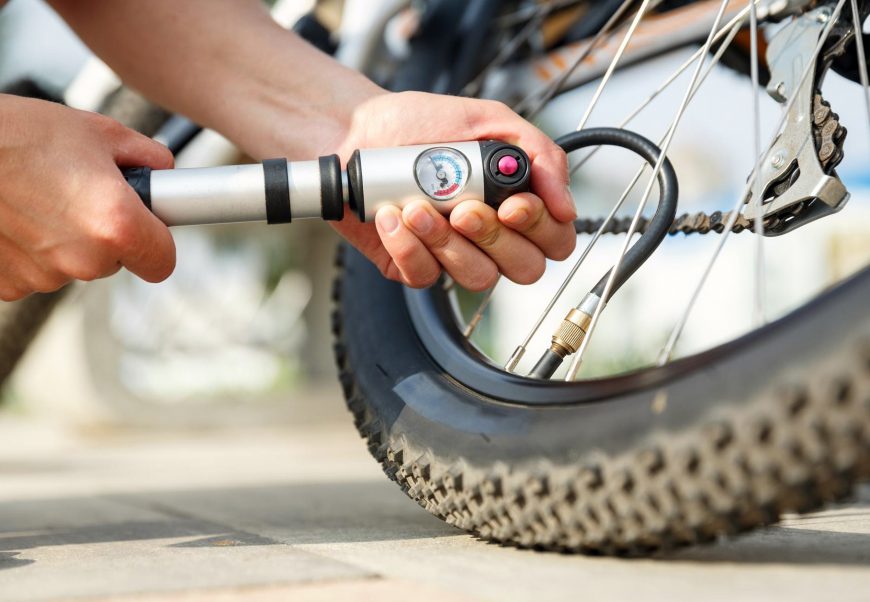
Should You Go For Over-Inflated Tires?
Filling your tires with extra pressure sounds tempting but I don’t recommend it at all. I have tried this method once or twice but it did not work. Here’s what I experienced:
1. Less Rolling Resistance
The first thing that you will get to experience is Less Rolling Resistance. This isn’t such a bad thing but if you have over-inflated tires then it could be a really big problem for you. Having a lower rolling resistance means that your bike can become faster. You can easily maintain the speed but this only occurs on smooth surfaces. If you hit a bump or an obstacle, you are back to square one and all that progress is lost!
Discover the reasons why your bike tires lose pressure over time and how to prevent it from happening.
2. You Will Lose Traction
You can Lose Traction if you have over-inflated tires. Did you know that whenever you are getting the best grip, your tires deform a little when they come in contact with the surface? When there is too much air in the tires, they don’t deform and that leads to a loss of traction. If you make turns a lot then this could become particularly dangerous.
Read our guide to find the right road bike tire pressure for your road bike based on your weight, bike type, and riding conditions.
3. Your Ride Will Be Extra Bouncy
You will feel Extra Bounce if you have over-inflated tires. When there is too much air in your tires, they can become stiff like extra stiff and that could cause problems. Yes, the bike does get a lot more responsive but loses stability. A small bump in the road could result in a much larger “Bounce”.
Follow these instructions to install bike tires correctly and safely.
4. Your Tires Will Be More Prone To Damage!
If you have over-inflated tires then chances are that they can be Damaged or Ruptured Completely! If your tires don’t deform then they won’t be able to off-load that extra air and that could damage the tires.
Use our mountain bike tyre pressure calculator to determine the optimal tire pressure for your mountain bike based on your weight, bike type, and terrain.
FAQs
How Do I Know What Pressure My Bike Tires Should Be?
Every bike tire manufacturer has the recommended PSI printed on the tires. You will find the recommended PSI written on the inside of your tire.
How Do You Manually Check Tire Pressure?
By following the techniques that we showed, you can easily check the tire pressure manually.
Is 40 PSI Good Tire Pressure?
Usually, good tire pressure is from 30-40 PSI.
How do I know if my tire needs air?
You can check your tire pressure with a gauge. If it is below the recommended PSI, that means your tire needs air.
How long tires last?
A normal life span of a tire is 25,000-75,000 miles with maintenance.
Which tire brand is the best?
Continental, Schwalbe, Specialized, and Maxxis are considered to be some of the best tire brands.
How often should I rotate my tires?
It is recommended to rotate your tires every 6,000-8,000 miles.
Recap
Your tires are an important part of your bicycle. Not to mention an expensive one too! Maintaining them may look hectic but it is worth the time! With the right tire pressure, your bicycle will keep rolling as long as you want. That’s why I recommend checking the pressure whenever you head out.
But when you don’t have a gauge, you can pick one of these methods I told you about. They are tested and used widely. The result is not as accurate as a gauge, but they get the job done! I hope that one of these methods comes in handy whenever you need it!
Do you know of any other method to check the tire pressure without a gauge? Let me know in the comment section below!
Must Read
- Optimize your road cycling experience! Explore our guide to choose the best road bike tires and rims for your cycle.
- Ensure the perfect fit for your ride! Learn how to measure bike wheel size with our easy guide.
- Make an informed tire choice for your cycling needs! Check out our comprehensive buyers’ guide on clinchers Vs. tubular Vs. tubeless tires for expert insights.
- Elevate your biking experience! Learn how to tune up a bike with our step-by-step guide.
- Take charge of your bike’s well-being! Explore our guide on basic bike maintenance tips you can do yourself.
- Gear up for winter cycling! Explore our top picks for the best winter bike tires to ensure a safe and smooth ride.
Should you have any questions or require further clarification on the topic, please feel free to connect with our expert author Luke Ameen by leaving a comment below. We value your engagement and are here to assist you.

